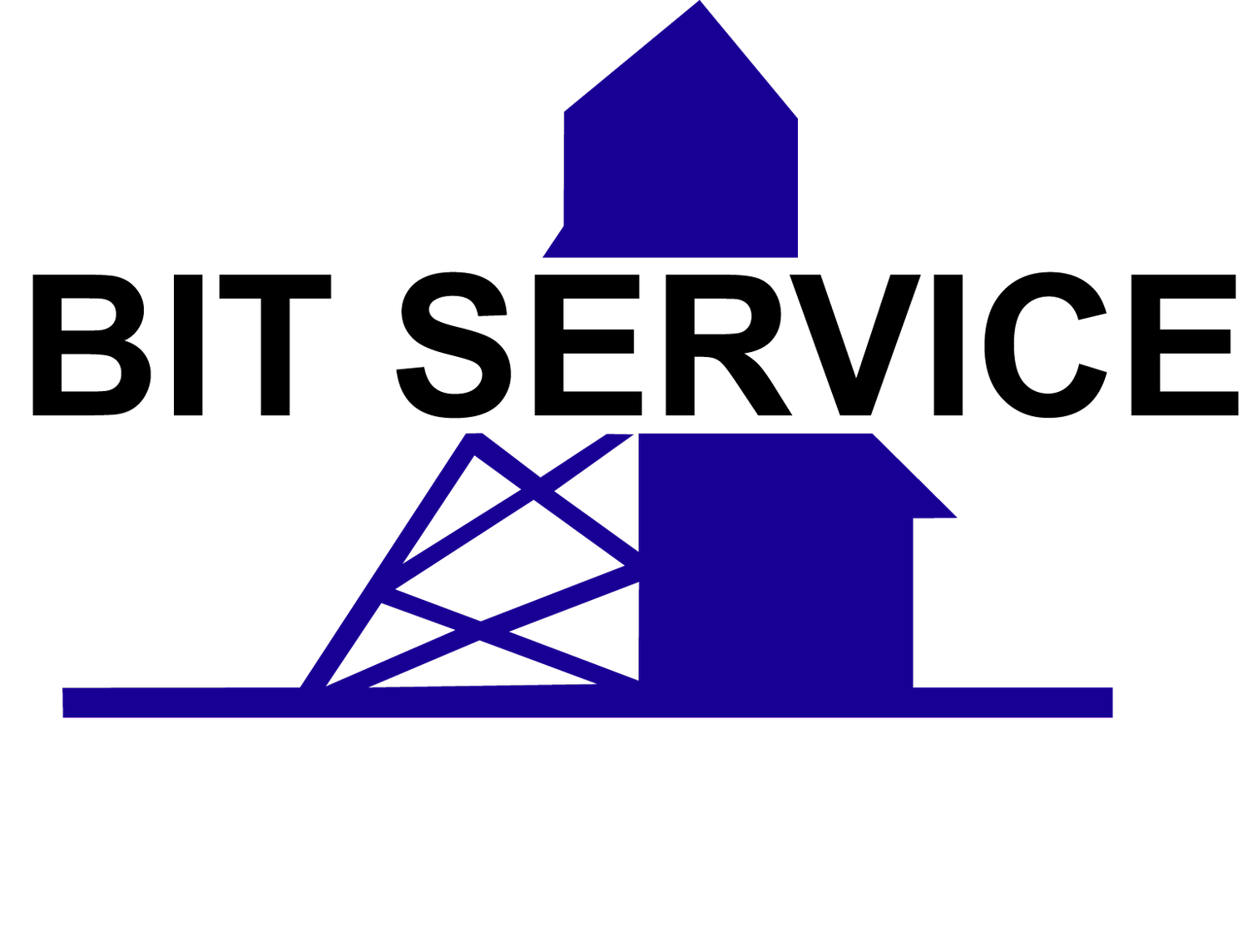An Introduction to Conveyor Chains
By: Andrew Grasdal
When it comes to moving ore during the mining process, it can be challenging to understand the best methods. Conveyor chains are the solution to moving products under harsh conditions. They allow movement of heavy or difficult material requiring high torque, and high speed in otherwise unforgiving conditions. Figuring out which one works best for a project can require a bit of expertise, which is where Bit Service comes in.
What is a conveyor chain?
Conveyor chains are used to move around material within a mine as well as out of a mine. They are the most effective way to transport ore in harsh conditions when materials are particularly difficult to convey. In underground mining, the areas most likely to be utilizing a conveyor chain are on the mining machines and feeder breakers. There are two basic types of conveyor chains: ladder chains and center pull chains.
Ladder chains
A ladder chain is named for the configuration having chains situated on either side of the flight bars, which moves material along in between the two chains. The flight bar is supported and driven on both sides with the two separate chains. The actual chains will either be equipped with swivel connections, allowing for additional degree of freedom, or non swivelling chains, that are for straight conveyors only. A ladder chain is typically used in applications with a wider conveyor deck, requiring the two chains to add extra strength to the conveyor. In applications requiring high throughput and load capacity these are a good reliable choice. These ladder chain conveyors are more often used in boring machines than in any other area of potash mining.
The ladder chain, as pictured, utilizes two chains to pull material that is typically very heavy.
Single strand chains
A single strand conveyor chain (often referred to as a center pull conveyor chain) is configured with one continuous chain with flight halves affixed to either side that drives down the center, pulling material along with it. The chain has half a flight section on either side of it. These chains, like their ladder style counterparts, can also come in rigid or swivel forms to accommodate a straight or curved conveyor, allowing for some flexibility in use. Due to the single chain in the center, this style is quite flexible and can fit into a small conveyor deck while still retaining the ability to move high volumes of product. The flight width of center pull chains has an incredibly broad range of sizes, from 16 inches to over 30 inches in width, and can be retrofitted to many machines for an upgraded conveyance. In terms of use, these chains are typically used in narrower conveyor decks than ladder chains, and you are likely to find them in use in development work within a mine, as well as production.
You’re much more likely to find a single strand conveyor chain in use for development machines within a mine, given their smaller size and flexibility.
There is also the single strand chain option utilizing a dual-sprocket center pull drive, which takes the strength and increased load capacity of having two drive sprockets and combines it with the flexibility of a center pull chain. This option might be more applicable for those looking for flexibility in both maneuverings of the conveyor where it needs to go, as well as one that can carry more weight and higher loading than a typical center pull chain.
With little available info on the differences in conveyor chains, it can be difficult to figure out which might work for a specific conveyor. Hopefully, this general look at conveyor chains, and there uses, can help everyone understand the basics of what the various types can do and which one is right for you.


